Too little, too late? Why the Toyota HiLux EV concept only shows how far the brand is behind Tesla and BYD
You’ve probably noticed Toyota has copped a bit of stick of late from the likes of Greenpeace for being an electric-vehicle recalcitrant.
There’s some justification for this. Globally, chairman Akio Toyoda has been consistent in questioning a sole focus on battery electric vehicles when it comes to lowering vehicle emissions.
Locally, Toyota has yet to even put a BEV on-sale and, of course, it makes a fortune out of CO2 and particulate-emitting diesel SUVs and utes.
READ MORE: Electric Toyota HiLux firms for Australia as Revo show car’s local stay extended for further study
READ MORE: Toyota HiLux hydrogen fuel cell prototype boasts long range and rapid
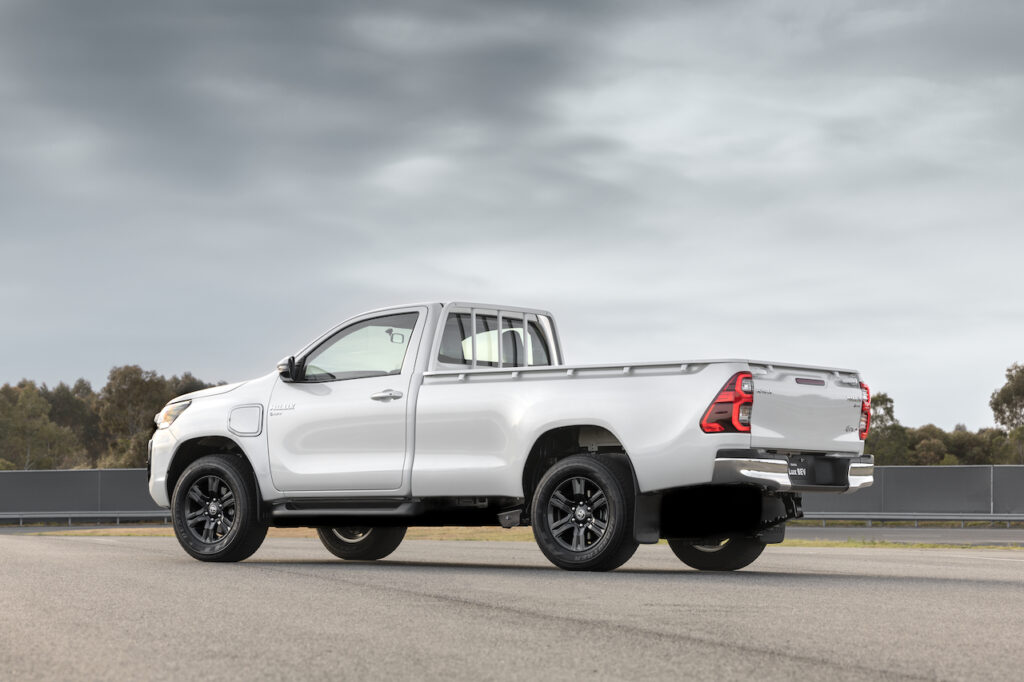
In response, Toyota points to the thousands of petrol-electric hybrids it has sold here and overseas. And it has confirmed the bZ4X BEV launches in early 2024 in Australia.
But that’s 2024. For now, to spread the message it’s a BEV believer, Toyota has allowed Aussie media the chance to drive the HiLux REVO BEV concept.
The What?
Originally developed in 2022 by Toyota in Thailand to mark its 60th anniversary (HiLuxes are also called REVO in Thailand), the electric HiLux has recently spent some time in Australia for both internal evaluation and external promotion purposes.
As its name states, this is a concept. There are no concrete production plans and the only pricing being mooted is the $1 million it probably cost to build it.
However, there is life in the project with further testing about to kick off in Thailand where a fleet of HiLux EVs are being pressed into service as share taxis.

It’s certainly an interesting vehicle considering how much Aussie love utes and how, at some stage, electric utes are going to have to be a thing here.
At the moment only LDV sells an ex-factory battery electric ute in Australia, but many more are potentially coming.
The extraordinary Tesla Cybertruck and Ford F-150 Lightning are prime candidates and with their powerful 4×4 powertrains they are much more advanced than this HiLux EV concept.
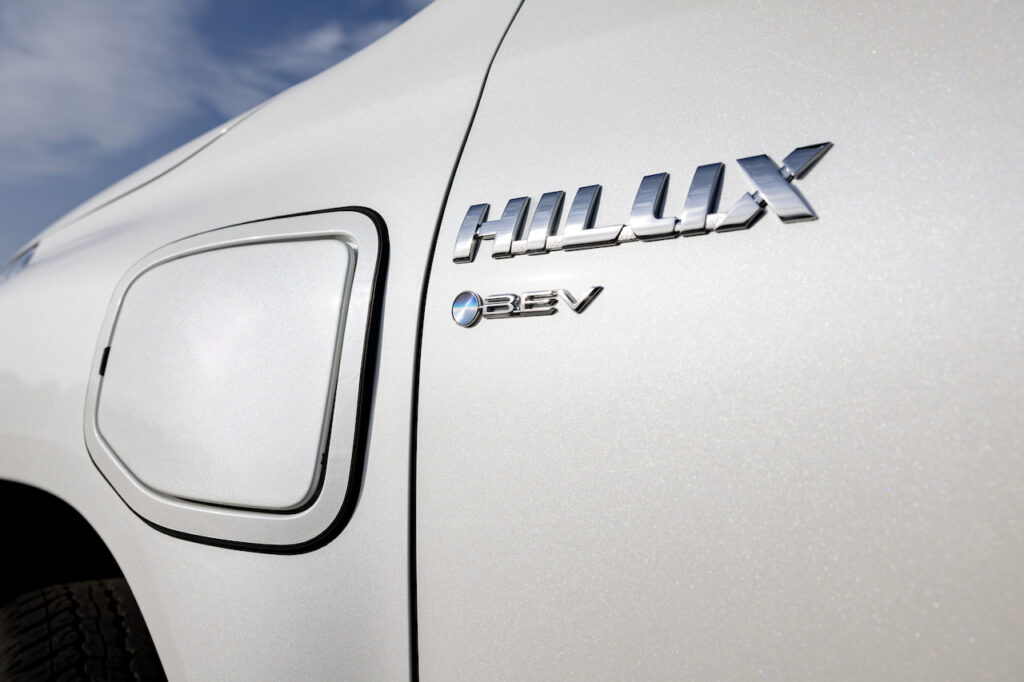
Essentially, the REVO BEV concept is a 4×2 single cab HiLux with a new filled-in fascia and CCS2 plug above the left-hand wheel.
The ICE drivetrain has been removed and in its place a battery pack has been secured between the longitudinal frame rails and a drive unit comprising electric motor, differential and single speed gear bolted to the rear-end driving the rear wheels via half shafts.
In place of the live rear axle is a De Dion axle still working with leaf springs. The front-end retains double wishbones. And well, um, beyond that details are scarce.
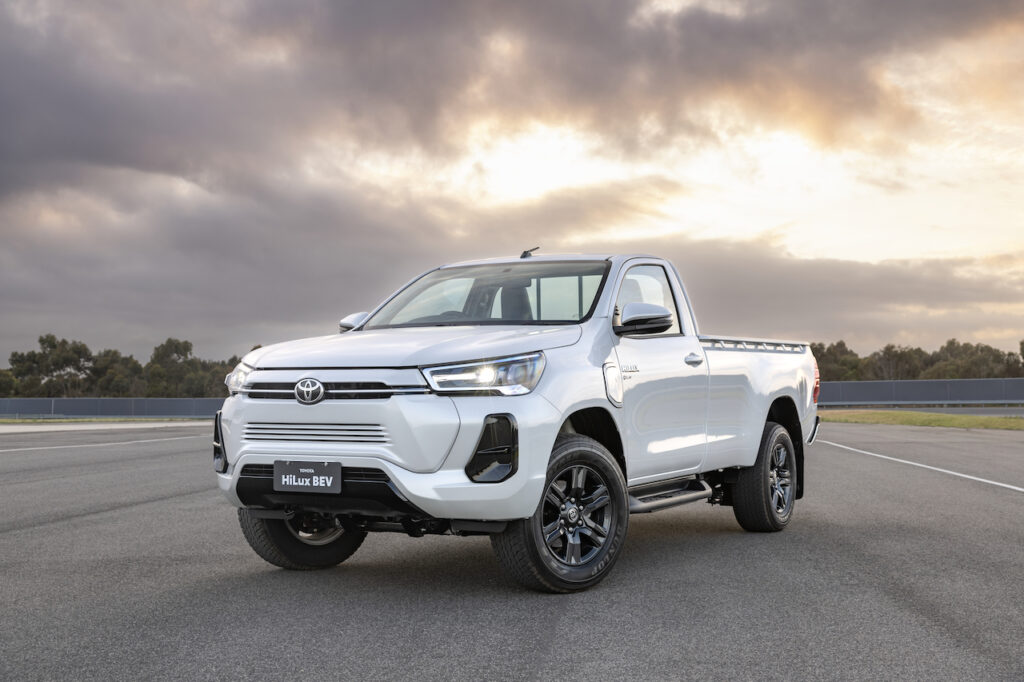
Toyota wasn’t able to share motor type or outputs, battery size, chemistry or recharging speed. The local product guys said they didn’t know. They also said they were forbidden from lifting the concept’s bonnet during its local stay.
They did estimate range at about 200-230km – there’s no regen function to extend that further – and during our short drive the 0-100km/h dash came up in about 11 seconds.
That suggests a small motor and battery. Maybe the 80kW337Nkm motor from the bZ4X dual motor as well as its 71kWh (gross) battery.
So What’s It Like To Drive?
The Toyota HiLux REVO BEV concept might look a bit like a HiLux, but it sure doesn’t drive like one.
This is as far as you can get from the traditional go anywhere, diesel sucking, load-towing, outback hauler that HiLux represents for Australians and has made it the country’s top-selling vehicle..
It whirrs quietly into action, accelerating with some force up to about 60km/h. Beyond that it starts to slow its rate of progress to the pedestrian.
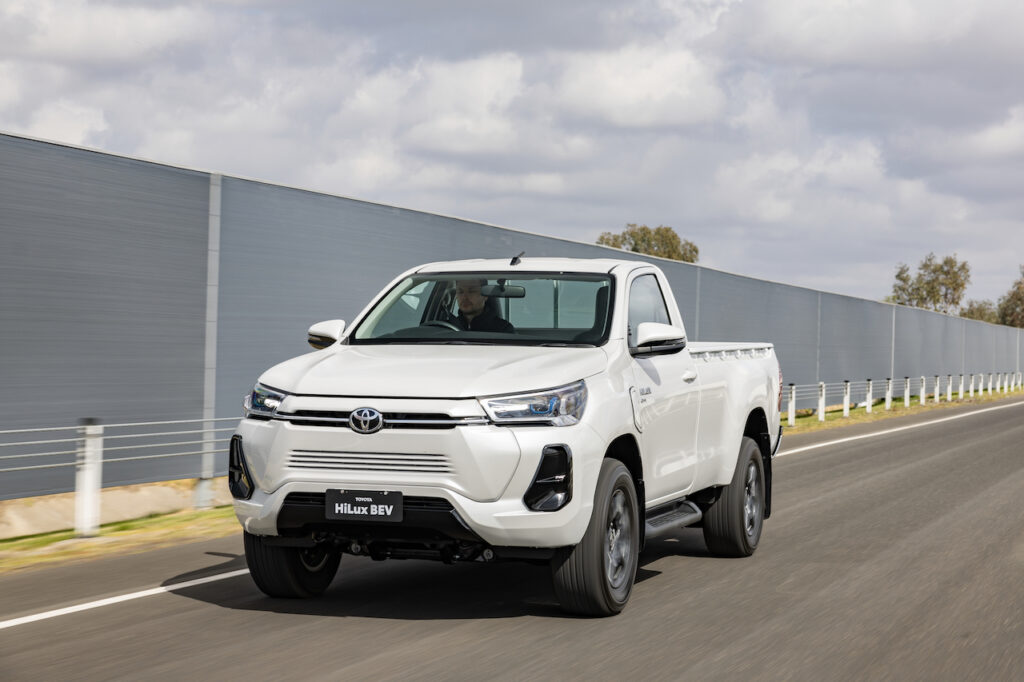
Our few laps were conducted on the small test course at a Toyota facility in Melbourne. Completely flat and smooth it meant finding out how the HiLux EV coped with a hill or a bump was not really possible.
Rolling on 17-inch Dunlop Grandtrek rubber, it displayed benign road manners, heeling over on to its outside front corner and pushing its nose wide at moderate speeds in tight corners.
Toyota envisions a potential production version of the HiLux EV – if one ever comes – as an urban fleet vehicle suitable for councils and businesses intent on lowering their corporate CO2 average.
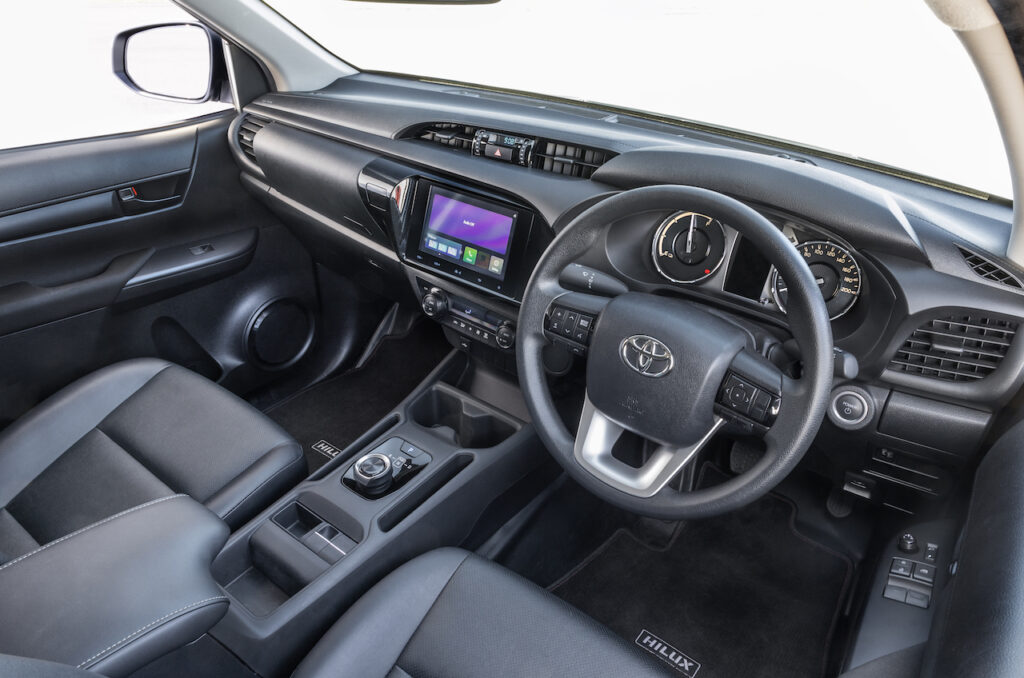
For private buyers it’s too limited to execute the multiple roles expected of HiLux. Surely, that will have to be dual motor and all-wheel drive – or hydrogen fuelled.
Perhaps the most impressive part of the concept was its interior presentation, which was very production-like.
A drive selector dial and electric park brake are located on the centre console instead of the usual gearshifter and manual pull-type handbrake lever.
Up in the instrument cluster the tacho is replaced by a battery gauge and there is also a power meter, digital speedo and distance to empty estimate.
Final Thoughts
The frustrating thing about the Toyota HiLux REVO BEV concept is that it’s being wheeled out in late 2023 as proof of Toyota’s commitment to electric vehicles.
Five years ago maybe. But doing it now underlines how far behind the game Toyota is.
It’s an interesting vehicle, but not one that’s relevant to the vast bulk of local utes buyers.
Hopefully, it won’t be too long before Toyota has a clean green ute to tempt them.

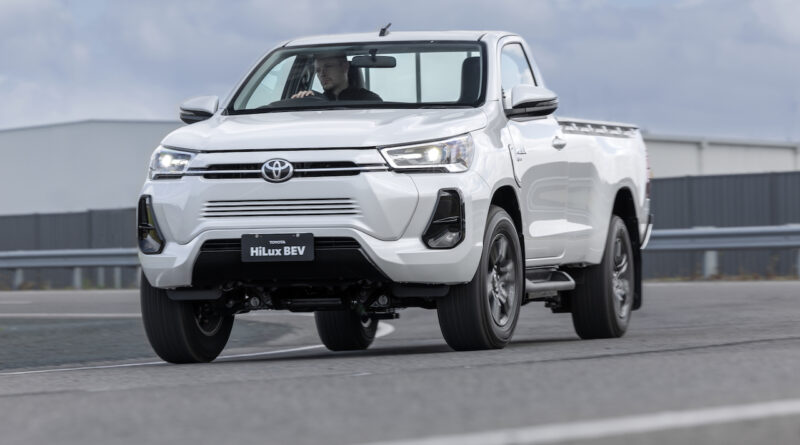

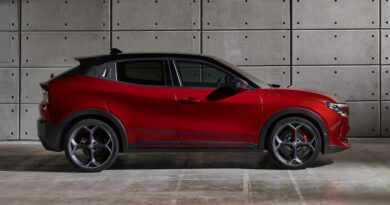
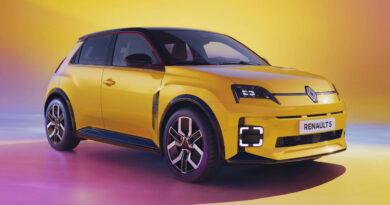
This lacklustre effort would suggest that Toyota is only mildly inclined to sell an EV ute. The REVO could probably find a home in municipal and government fleets that will at some point be required to become electrified. The range probably won’t be an issue, as the vehicles will only see day-shift use, and the underwhelming performance will actually be a plus, as it will temper the enthusiasm of the less responsible drivers.
Interesting to read recently that the EV “revolution” might be slowing a little, in particular the demand for electrified pickups. I think the use cases haven’t been properly explored in the race to get something, anything, to market first.